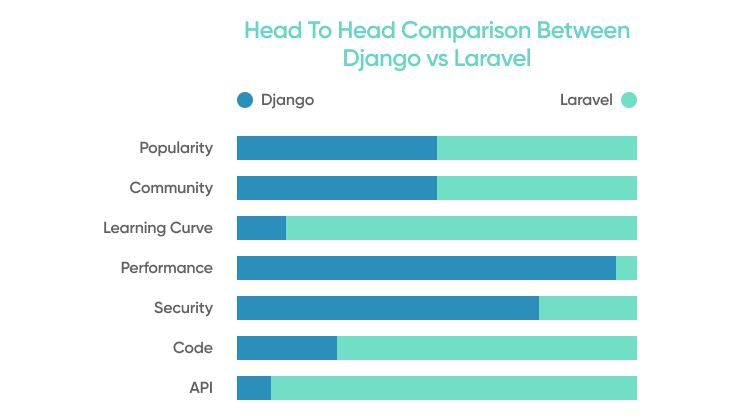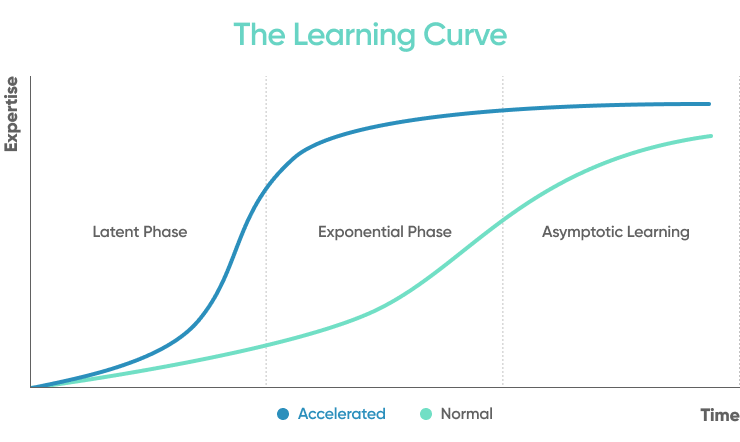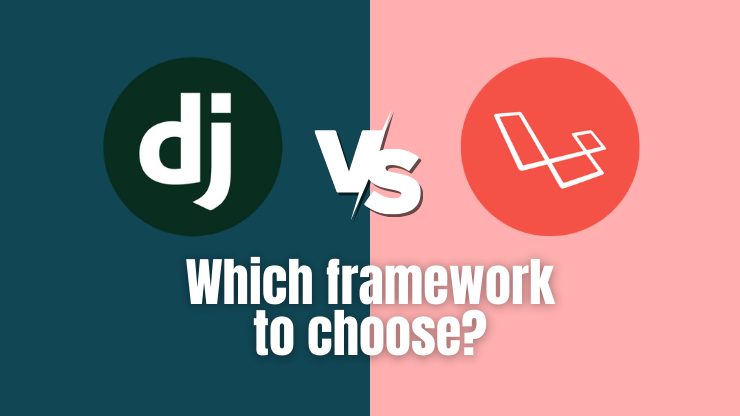When it comes to a framework of choice - be it for web or mobile development - the jury would have a hard time picking which would be crowned king. This is not to say there are no strong contenders.
The world of solutions and software developers is littered with the echoes of those who chant the greatness of their tool of choice. And they can't be failed for this, because each has been used to create some truly spectacular applications.
So as we have done in our "VS series" today we will be looking at another contender to challenge the ever so dominant Django. With endless praises from those that code under its brilliant flag, we welcome to the stage Laravel.
About Django and Laravel
We start our faceoff with a little history lesson. The Django framework was developed by the Django Software Foundation. Django was initially released in the year 2005. Django was licensed by a 3-clause BSD (Berkeley Software Distribution) license. Django is being used in some well-known websites like Mozilla, Instagram, Bitbucket, Pinterest, etc., All the maintenance and releases will be managed by the Django Software Foundation.
One of the strong points of Django is that it is lightweight and has a standalone feature for development and testing purposes. The primary objective of the Django framework is to ease the development of complex web applications in lesser time.
Pros
Almost no learning curve compared to other languages
Precise language is better at patching security issues
Offers mobile integration
Some of the best documentation around
Mature software with plenty of plugins
Cons
Can be bloated for small applications (unlike Laravel which is suitable for both)
Routing is difficult
Errors in templates fail silently (no error message to alert you)
Our contender, Laravel, was created and developed by Taylor Otwell. Laravel was licensed by MIT License. It was initially released in the year 2011. It requires a basic or advanced knowledge of PHP. One of its main uses is in the development of Content Management System (CMS) applications.
There is also the presence of an upscale feature in terms of more user traffic. The development time can be reduced in terms of framework feature which provides inbuilt features to ease the life of a developer. Laravel has good features to develop a web application from scratch in an easier way.
Pros
Powerful template system through Blade
Routing is simple and intuitive
IOC support and built-in CI
Maintenance is easier with changing web trends
Dynamic and intuitive language
Cons
Beginners can have serious security holes
The learning curve is steeper compared to Python
Web application-oriented with little mobile support
Head To Head Comparison Between Django vs Laravel
Every framework has a unique attribute that endears it to its users. Both Django and Laravel are no different. But when it comes time to pick one that best serves your needs, then a deeper dive has to be taken to understand the scope of each.

Popularity
Needless to say, it is a very popular framework. Django is leading in website categories of computer and electronics, food and drinks, science, and reference. It is a leading web framework in the U.S., France, Spain, Russia, and 30 other countries.
Laravel, on the other hand, is used in more website categories that include arts and entertainment, business and industry, Internet and telecommunications, shopping, and travel. As a web framework, it has a leading usage in Brazil, China, the UK, and 157 other countries
Community
Both Django and Laravel communities are very active and responsive. Both the communities have a large number of contributors on Github and commits are also very frequent. If you ever get stuck at some point in either of these frameworks, then somebody from the community would get you out for sure.
Learning Curve
Django: The learning curve for Python is virtually non-existent. So it is simple and quite easy to use Django. Offering better readability for code, the framework instantly puts the beginner developer at ease.

Laravel: Laravel is very intuitive and will let you master modern PHP development with database migrations, Eloquent ORM Composer, packages, REST, templating, etc. Learning resources are abundant, but you have to master it, considering the steep learning curve.
Performance
Here Django leads by a landslide. Laravel and Django were tested head-to-head in 2018 for JSON serialization and since python’s quite a speedy language it won by a landslide difference. Django performed 69k JSON responses/second while Laravel was at a humble 8kresponses/second. In terms of speed, Laravel doesn’t compare with Django, unfortunately.
Security
Being online and staying online is not an easy task. The world of the web is quite a hostile environment, with attacks and vulnerabilities being exploited all the time, this is why frameworks need to take measures against different attacks, whether SQL injections or cross-site scripting. Django takes security quite seriously and helps developers avoid the common mistakes of web development and implement some security best measures. While Laravel does also cover the basics of security it doesn’t live up to Django’s security level. That’s why, for example, NASA uses Django for their website.
Code
The win goes to Laravel here with more simplified coding. If you take a look at any basic routing code written in both languages, you would notice that Laravel’s code is quite intuitive. Django’s code, on the other hand, seems rather complex, that’s because it uses regular expressions in its routing process, which are not the easiest thing to use, especially with beginners.
API
This is the bread and butter of most apps developers. The easier it is to integrate or create an API, the more loved by developers it becomes. You might not be interested in all the functionalities that a back-end framework has to offer and would rather build a client-rich application with a RESTful API. The beautiful thing about Laravel is that it comes with built-in support for API building, as the queries return JSON by default. Django doesn’t come with this built-in feature and you’d have to use a library to work around it and implement the same feature.

Conclusion
At the end of the match between Django vs Laravel, hand down we can say Django had an easy win. But not without conceding some points over to Laravel.
However, this is not the end of the story. While Django comes up ahead when dealing with security and performance it doesn't mean it is the best solution to use in all cases.
Sometimes simplicity and ease of use are far more important than speed. This is why there are still tons of developers using Laravel today. While building backbone solutions would require a solid and secure framework with good speeds, the requirements are not so stringent if you are building one thing more simple and that learns toward the more creative side of human nature. Here the ease and intuitive nature of Laravel makes it a better fit.
If we ignore the stats and just concentrate on what type of application you would be building then it’s hard to declare an outright Django vs Laravel winner. Simple advice, consider what sort of projects you’ll be creating in the future and choose accordingly.

